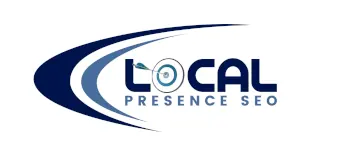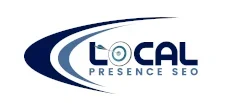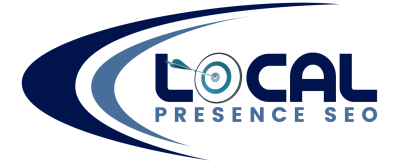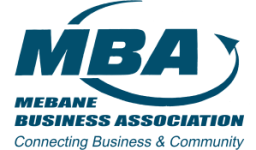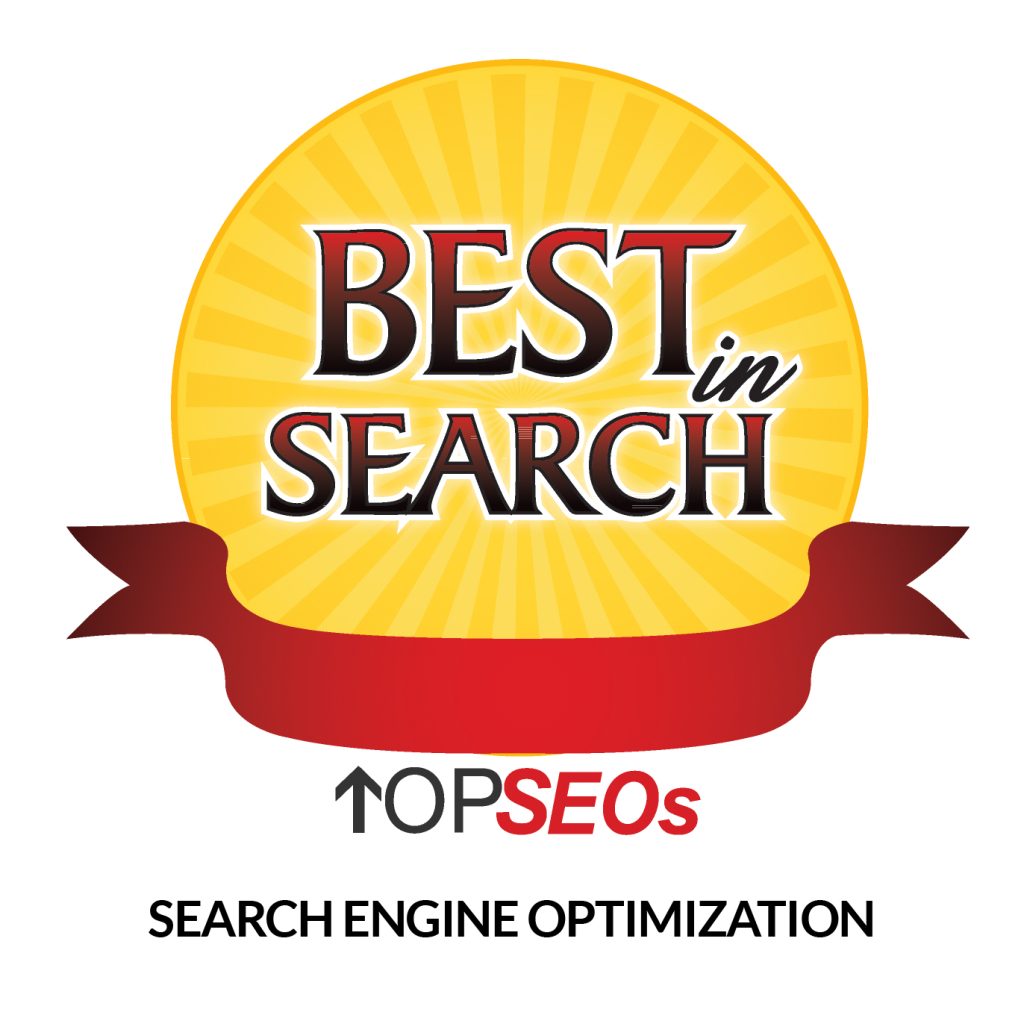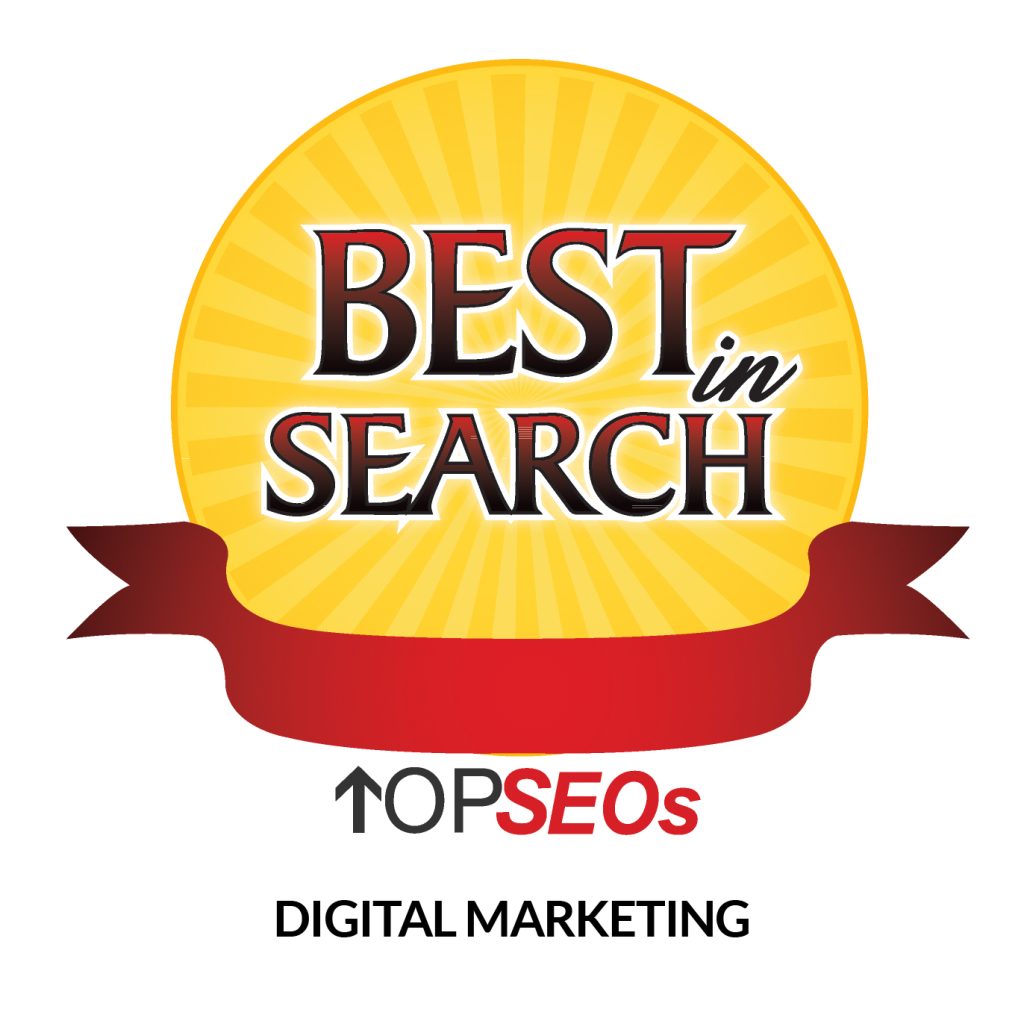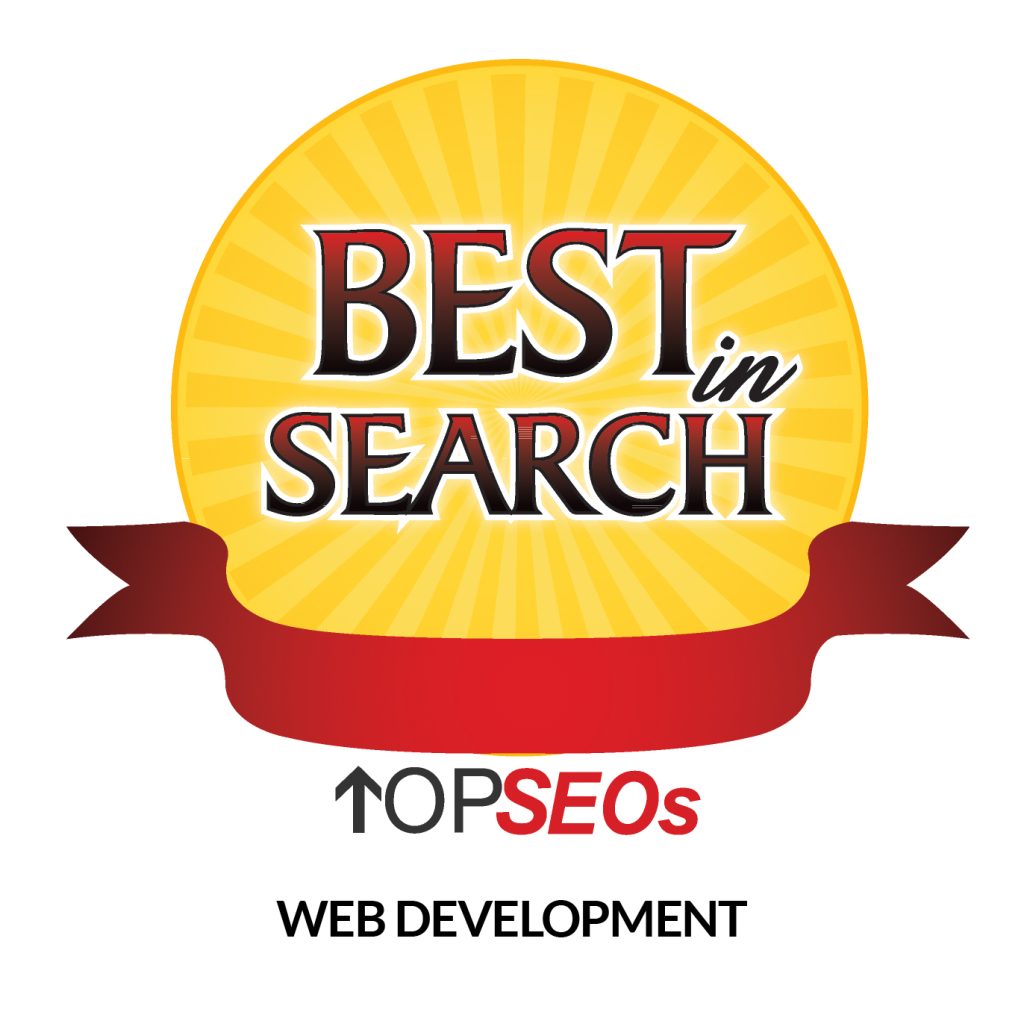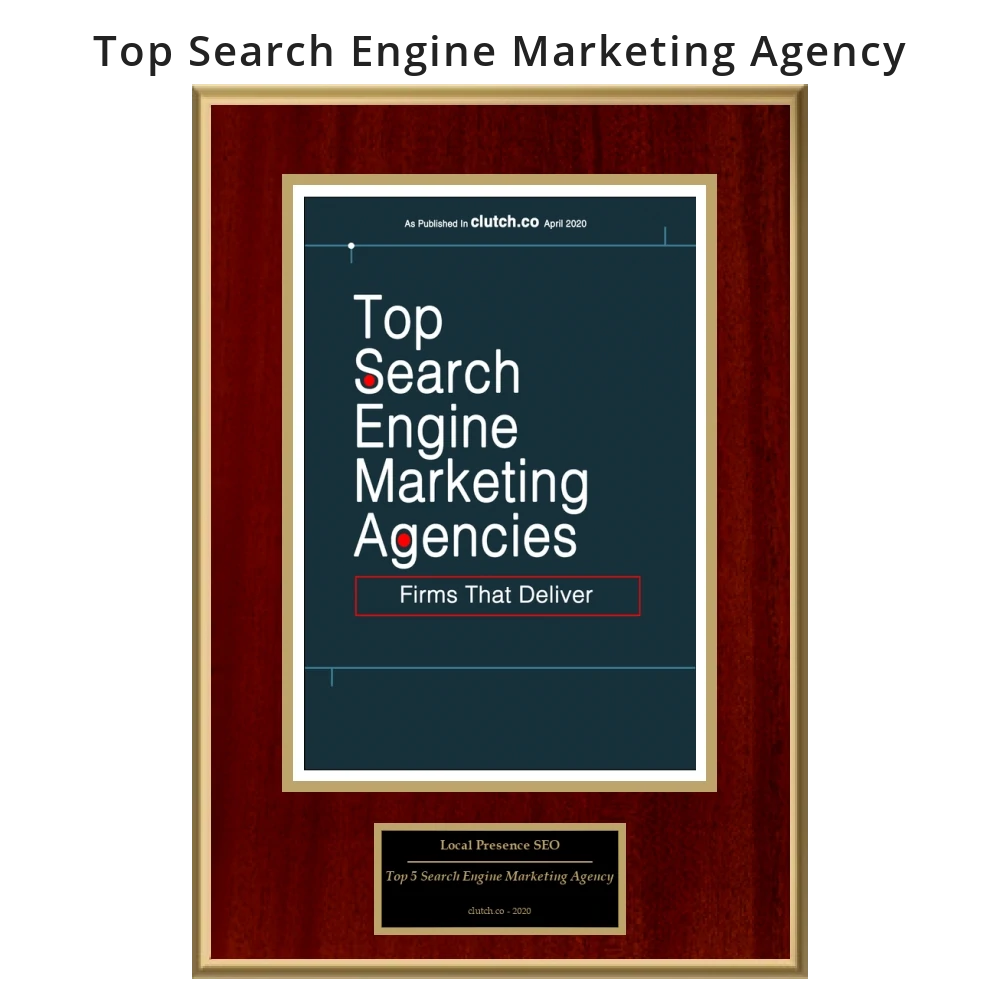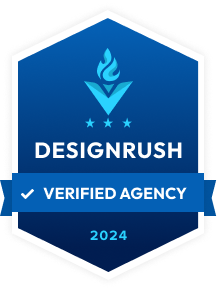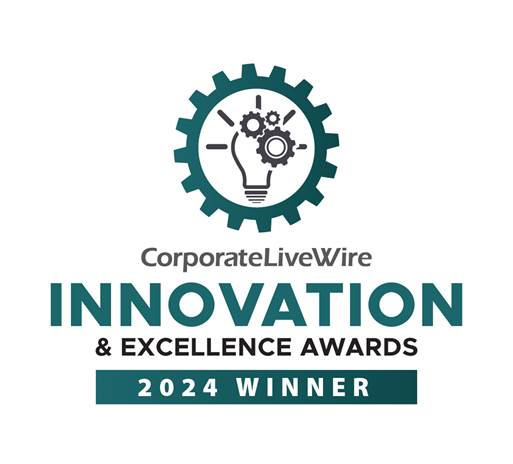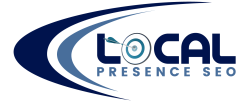The ROI Dilemma for Local Businesses
In a city like Durham, NC, where small businesses compete for local attention, deciding between investing in Search Engine Optimization (SEO) or Pay-Per-Click (PPC) advertising can shape the trajectory of your digital strategy. While both are powerful lead-generation channels, each has unique advantages, timelines, and risks. This guide breaks down:
SEO vs PPC costs and returns
Timelines for ROI
Conversion rates
Hybrid strategies
Localized data
✅ Learn how our PPC Management Services generate qualified leads instantly for Durham SMBs.
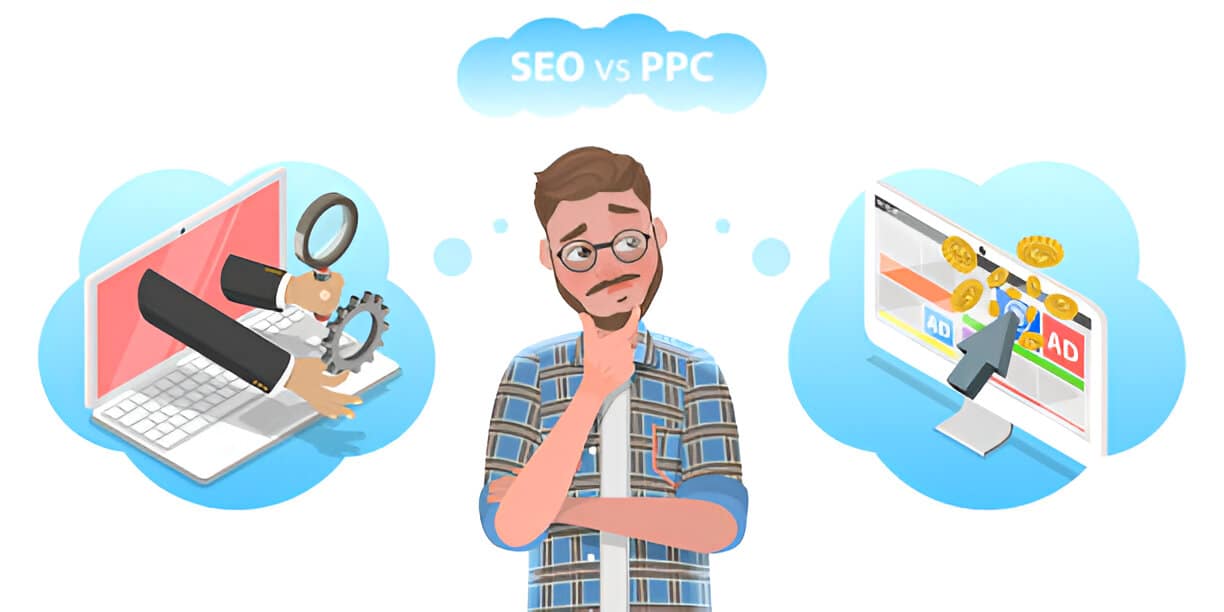
SEO Overview: Slow Burn, Long-Term Gains
What is SEO?
Search Engine Optimization involves optimizing your website, content, and backlinks to organically rank higher on Google’s search engine results page (SERP).
Key Components:
On-page SEO
Technical SEO
Local SEO (e.g., Google Business Profile)
Content strategy
Link building
See our Local SEO Services for local rankings & map pack inclusion.
Pros of SEO:
Sustainable traffic over time
Builds brand authority
Higher click-through rates (CTR) than ads
No recurring ad spend
Cons:
Takes 3–6 months to show results
Algorithm updates can impact rankings
Requires regular content and updates
PPC Overview: Fast Leads, Paid Visibility
What is PPC?
Pay-Per-Click advertising lets you pay to appear at the top of search results for specific keywords. Google Ads and Bing Ads are most common.
Key Components:
Keyword bidding
Ad copy and creative
Landing page optimization
Retargeting campaigns
Conversion tracking
Pros of PPC:
Immediate visibility
Precise audience targeting
Measurable ROI
Budget control
Cons:
High competition = expensive keywords
Leads stop when budget ends
Requires expert management to avoid waste
Need faster results? Our Google Ads Experts are ROI-focused.
ROI Timelines: SEO vs PPC in Durham
Channel | Avg. ROI Timeline | Cost Efficiency | Lifetime Value |
SEO | 4–6 months | High long-term | Very high |
PPC | 1–2 weeks | High short-term | Depends on budget |
Example:
Durham Landscaping Co. spent $1,000/month on PPC and got leads in week 1.
Their SEO campaign took 4 months but by month 6, they were generating 3x the PPC traffic for free.
Our Case Studies show real ROI results from Durham clients.
Which Converts Better?
SEO attracts searchers doing in-depth research. These leads are often:
More qualified
Lower bounce rate
Higher lifetime value
PPC captures:
Urgent buyers (e.g., “emergency plumber Durham”)
Visitors likely to click quickly and convert fast
Conversion Rates:
SEO: 5%–14% average
PPC: 3%–9% average
Both can be effective—depending on the query intent.
Keyword Targeting: Intent Matters
Use SEO for:
Top-of-funnel: “how to choose a roofer in Durham”
Location pages and blogs
Use PPC for:
Bottom-of-funnel: “hire roofer Durham NC today”
Lead magnets & seasonal promos
Use keyword tools like SEMrush, Ahrefs, and Google Ads to plan intent-driven strategies.
Our SEO Services are built around high-intent keyword planning.
Budget Considerations: Which Costs More?
Factor | SEO | PPC |
Setup | $1,000–$3,000 | $500–$1,000 |
Monthly | $1,500+ | $500–$10,000 |
Cost Per Click | $0 | $1–$20+ |
SEO is labor-intensive but sustainable.
PPC is scalable but requires ongoing spend.
Tip: Combine both with budget phasing (start with PPC, scale with SEO).
When to Choose SEO
You have 6–12 months to build traffic
You’re focused on organic brand visibility
You want to build topical authority
Your industry is not too competitive
Ideal For:
Law firms, real estate, HVAC, medical, education
When to Choose PPC
You want leads this month
You have a limited-time offer or seasonal promo
You’re launching a new service
Your market has high search intent
Ideal For:
Emergency services, new businesses, eCommerce, events
Why a Hybrid Strategy Works Best
Many Durham SMBs find best results by integrating both:
Month 1–3: Use PPC to generate immediate leads while building SEO foundation.
Month 4–6: Begin seeing SEO traction; optimize content with PPC insights.
Month 6+: Scale SEO, reduce PPC budget or reallocate to retargeting.
Case Study: Durham Dental Practice
Month 1: $1,200 in Google Ads = 27 leads (CPL: $44)
Month 4: SEO began ranking 3 pages in top 5 SERPs
Month 6: Reduced PPC to $600/month, SEO generated 75% of traffic
ROI: 3.2x over 12 months

Tools for Measuring ROI
Google Analytics 4
Google Ads Conversion Tracking
CallRail (for call tracking)
SEMrush or Ahrefs (for keyword movement)
CRM Integration (HubSpot, Zoho, etc.)
2025 Trends: What’s Changing?
AI in Ad Copy Testing
Google Performance Max & Smart Campaigns
Organic Visibility in AI Overviews (AIO)
Voice Search impacting local queries
Zero-click results changing CTRs
Read our AI & SEO 2025 Guide to learn how AIO is changing visibility.
Final Verdict: SEO vs PPC in Durham
Scenario | Best Channel |
New Business | PPC |
Low Marketing Budget | SEO |
Competitive Industry | Hybrid |
Need Leads Now | PPC |
Want Long-Term Growth | SEO |
SEO and PPC are not enemies—they’re teammates. Your strategy should align with your business lifecycle, goals, and audience behavior.
Want help building a dual-channel marketing plan? Contact Local Presence SEO for a free ROI consultation.
